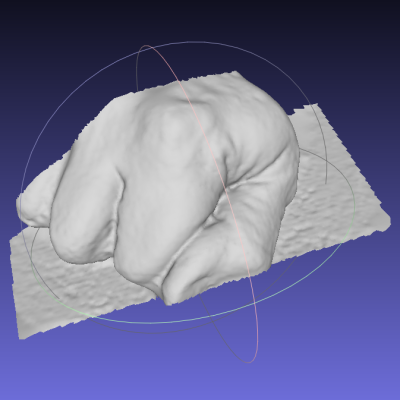Researchers have recently announced a vulnerability in PC hardware enabling attackers to wipe the disk of a victim’s computer. This vulnerability, going by the name Joykill, stems from the lack of proper validation when enabling manufacturing system tests.
Joykill affects the IBM PCjr and allows local and remote attackers to destroy the contents of the floppy diskette using minimal interaction. The attack is performed by plugging two joysticks into the PCjr, booting the computer, entering the PCjr’s diagnostic mode, and immediately pressing button ‘B’ on joystick one, and buttons ‘A’ and ‘B’ on joystick two. This will enable the manufacturing system test mode, where all internal tests are performed without user interaction. The first of these tests is the diskette test, which destroys all user data on any inserted diskette. There is no visual indication of what is happening, and the data is destroyed when the test is run.
A local exploit destroying user data is scary enough, but after much work, the researchers behind Joykill have also managed to craft a remote exploit based on Joykill. To accomplish this, the researchers built two IBM PCjr joysticks with 50-meter long cables.
Researchers believe this exploit is due to undocumented code in the PCjr’s ROM. This code contains diagnostics code for manufacturing burn-in, system test code, and service test code. This code is not meant to be run by the end user, but is still exploitable by an attacker. Researchers have disassembled this code and made their work available to anyone.
As of the time of this writing, we were not able to contact anyone at the IBM PCjr Information Center for comment. We did, however, receive an exciting offer for a Carribean cruise.




 [Jolar] was working on
[Jolar] was working on 










